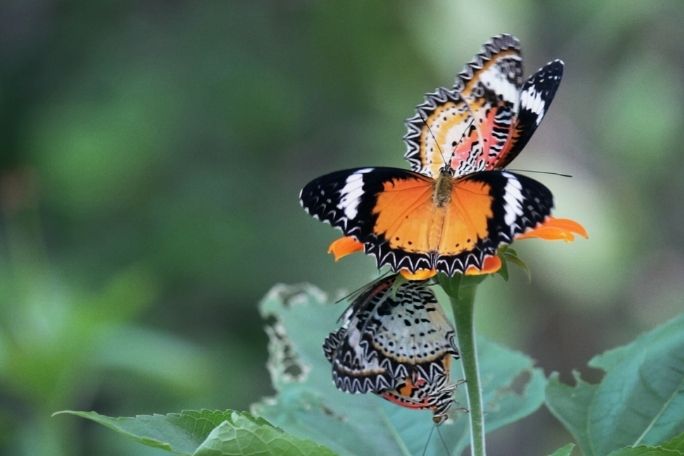Lesson summary
In this lesson, students learn about the land on which their school or home is located. They are led by their teachers on a school incursion to explore nature and capture various types of flora and fauna which they will later create a classification system. Students make a plan of action to Regenerate Australia with their newfound knowledge of local flora and fauna.
Learning intentions:
Students will...
- discover what traditional lands, or what language group, clan or nation, their home/school is located on
- learn about classification by participating in a Lego brick and a leaf classification activity
- search for fauna in their school and tabulate the data
- research the diversity of local fauna and flora prior to development
- devise a plan to bring back native flora and fauna in order to regenerate Australia.
Success criteria:
Students can...
- recall the name of the Country they reside in
- produce a dichotomous key classification system for lego bricks and leaves
- collect and collate data and record in a table
- research historical information regarding flora and fauna in the local area.
Lesson guides and printables
Curriculum links
Select your curriculum from the options below.
Lesson details
Curriculum mapping
Australian curriculum content descriptions:
Year 5 Science:
- Living things have structural features and adaptations that help them to survive in their environment (ACSSU043)
- Construct and use a range of representations, including tables and graphs, to represent and describe observations, patterns or relationships in data using digital technologies as appropriate (ACSIS090).
Year 6 Science:
- Construct and use a range of representations, including tables and graphs, to represent and describe observations, patterns or relationships in data using digital technologies as appropriate (ACSIS107).
Syllabus outcomes Year 5&6: ST3-10LW, ST3-4WS.
General capabilities: Literacy, Numeracy, Critical and Creative Thinking, Intercultural Understanding and Personal and Social Capability.
Cross-curriculum priority: Sustainability, Aboriginal and Torres Strait Islander Histories and Cultures.
Relevant parts of Year 5 achievement standards:
By the end of Year 5, students classify substances according to their observable properties and behaviours. They analyse how the form of living things enables them to function in their environments.. Students construct tables and graphs to organise data and identify patterns in the data. They compare patterns in their data with predictions when suggesting explanations.
Relevant parts of Year 6 achievement standards:
Relevant parts of Year 6 achievement standards: By the end of Year 6, students describe and analyse relationships in data using appropriate representations and construct multimodal texts to communicate ideas, methods and findings.
Teaching Time: 140 mins (best spread over two lessons).
Level of teacher scaffolding: Medium – will need to discuss the concept of Country, Classification and basic use of a spreadsheet
Resources required
- Butchers paper (1 sheet per group)
- Collection of Lego bricks
- Marking pen (1 per group)
- Student worksheets – one copy per student.
- Sticky tape dispensers (1 per group)
- Access to the film Regenerating Australia.
Skills
This lesson is designed to build students’ competencies in the following skills:
- Communication
- Creativity
- Critical thinking
- Problem solving
- Social skills
Additional info
Regenerating Australia is a Regen Studios film developed and produced in association with WWF-Australia. Cool.org and Regen Studios would like to acknowledge the generous contributions of Shark Island Foundation, Documentary Australia Foundation, and our philanthropic partners in the development of these teaching resources.


Welcome back!
Don't have an account yet?
Log in with:
Create your free Cool.org account.
Many of our resources are free, with an option to upgrade to Cool+ for premium content.
Already have an account?
Sign up with:
By signing up you accept Cool.org's Terms and Conditions(Opens in new tab) and Privacy Policy(Opens in new tab).